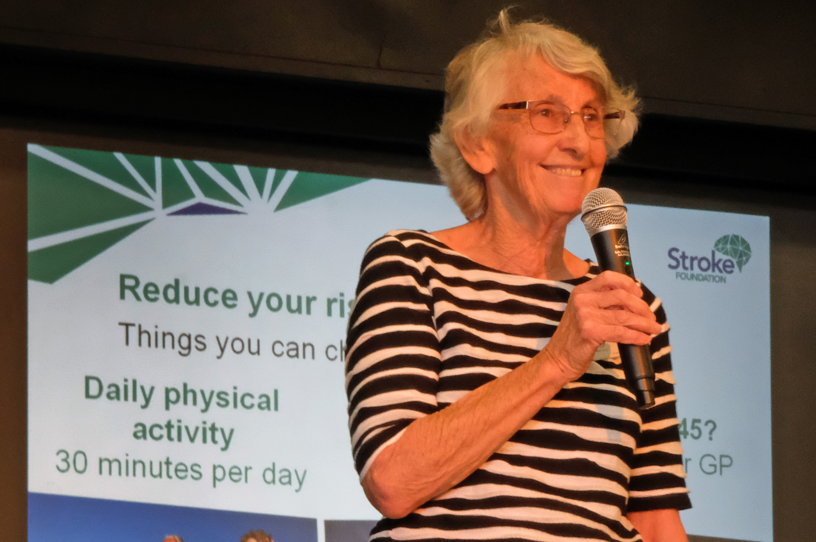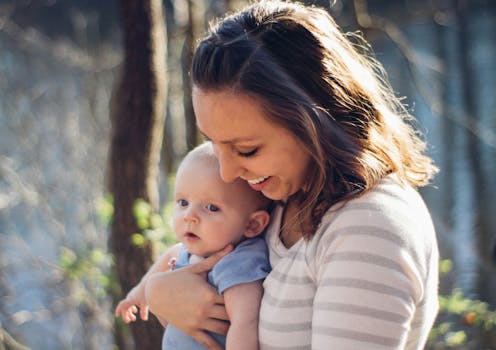If the goal is to keep parents at work, robust prevention strategies are required to stop children getting sick at school.
For working parents, the uncertainty surrounding childcare and school attendance for school-aged children is unprecedented, with a cascading set of consequences on family life, education, and earnings.
According to the World Economic Forum, the COVID-19 crisis has to date, forced school closures in 188 countries, effectively disrupting the learning process of more than 1.7 billion children, youth, and their families.
Even parents who have thus far avoided layoffs and been able to work from home have had to perform a nearly impossible balancing act, keeping up with their own work while caring for and teaching their children. Many others have been laid off, left their jobs to care for their children, or been forced to cobble together temporary childcare arrangements as they continue to report for work at essential jobs, such as nursing and grocery work.
Parents with minor children comprise almost one-third of the country’s workforce, and any economic recovery will rely on their continued participation or re-entry into the labour force, so the status of schools and childcare programs ultimately dictate their ability to fully return to work, and therefore the speed and robustness of economic recovery. On the other hand, a full economic recovery is also not possible if COVID-19 cases continue to skyrocket—and there is conflicting information on the potential of schools to spread the virus.
The pandemic has added layers of uncertainty to what were once easy, everyday decisions and while at the start of the pandemic, predicting COVID-19’s spread, and its impact was challenging given how little we knew about the virus two and a half years later there are still no perfect solutions to controlling the virus.
A 110-page study released in May by a panel of international scientists, maps out three potential realities for how humans might live alongside COVID-19 over the next five years, largely determined by how coronavirus evolves and global uptake of effective vaccines, and none of them are pretty.
‘Lost education, one of the spheres worst hit by the pandemic, could have wider impacts until the end of the century, the study said, with as much as $24 trillion in reduced earnings over the lifetime of an entire generation of worldwide students.
The study said the tentacles of the pandemic had already set in motion a global “mental health crisis” which has resulted in 53 million cases of major depressive disorder and 76.2 million cases of anxiety disorder.
And in 2020, more than eight per cent of the global workforce’s hours were lost, the equivalent of 255 million full-time jobs, the study said.’
Despite the current narrative being that infection mitigation strategies appear to have curbed the virus and that we need to get back to ‘normal’, Covid infections are undoubtedly on the increase and with the flush of Omicron variants around, schoolchildren, teachers and their parents appear to be on the coalface.
Already this year, figures show that in early May only 3 percent of children in Victorian government schools were in attendance, whereas the Northern Territory had returned to normal levels of 79 per cent. There has been a 46 per cent increase in community COVID-19 cases in the past month and a 55 per cent increase among state school students just last week.
Principles are warning that 60 per cent of teachers have been affected and up to one in five students have been absent this term alone.
Evidence from studies done before vaccine approval for those 12 years of age and older suggests that staff-to-staff transmission is more common than transmission from students to staff, staff to student, or student to student. Therefore, school interventions need to include prevention strategies to reduce the transmission among staff members.
There is also evidence that Covid might sp








/regulation-and-prequalification-(rpq)/50960620707_59849e65eb-k.tmb-768v.jpg?sfvrsn=8ea94951_1)